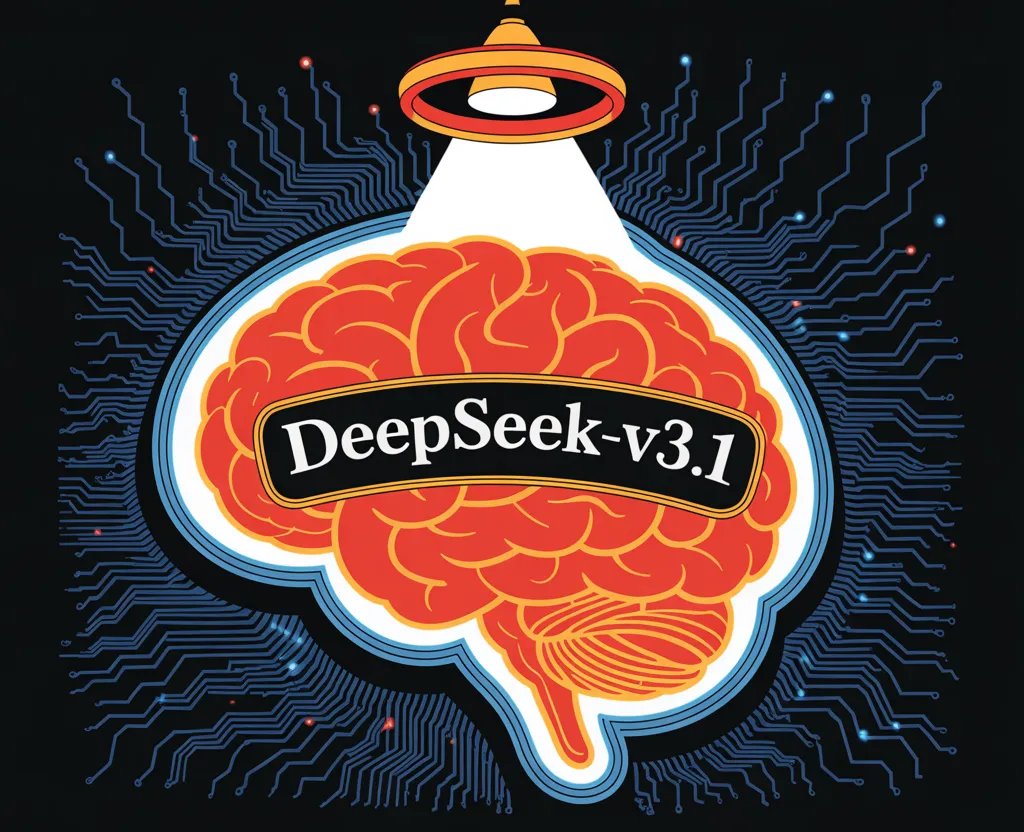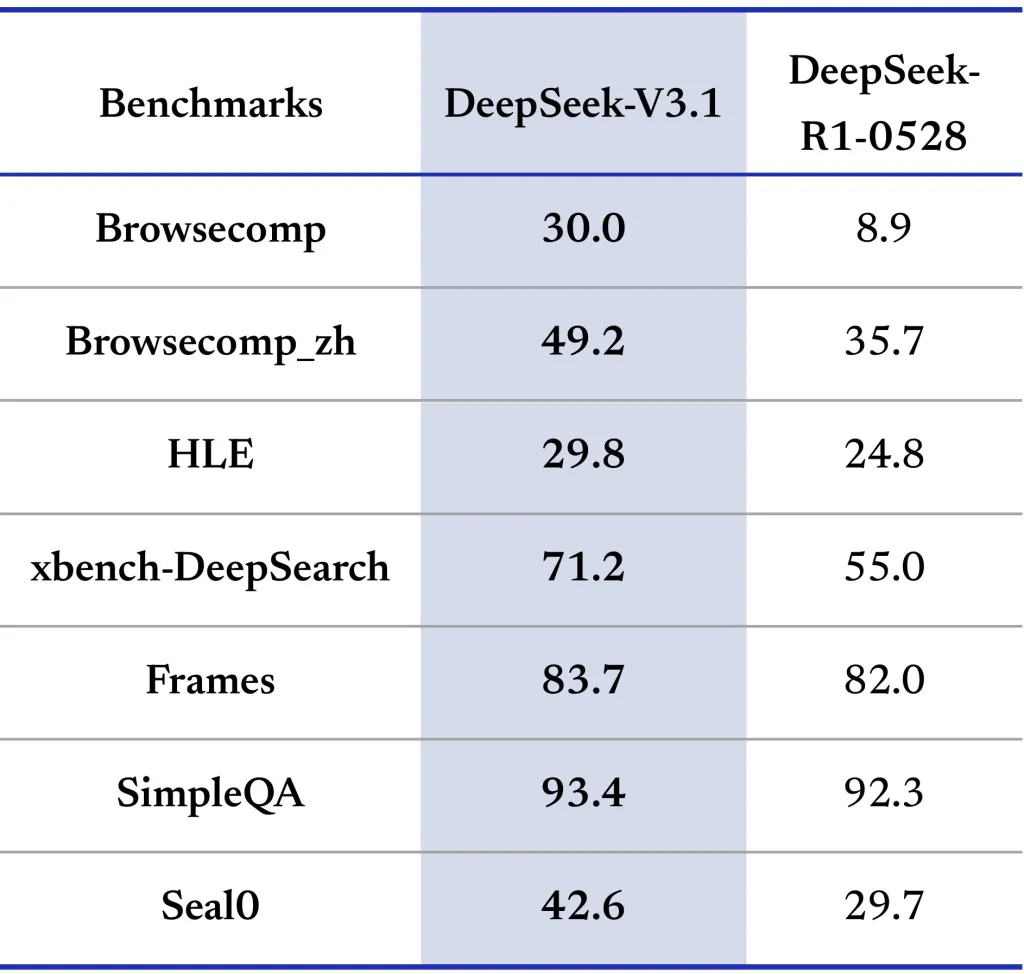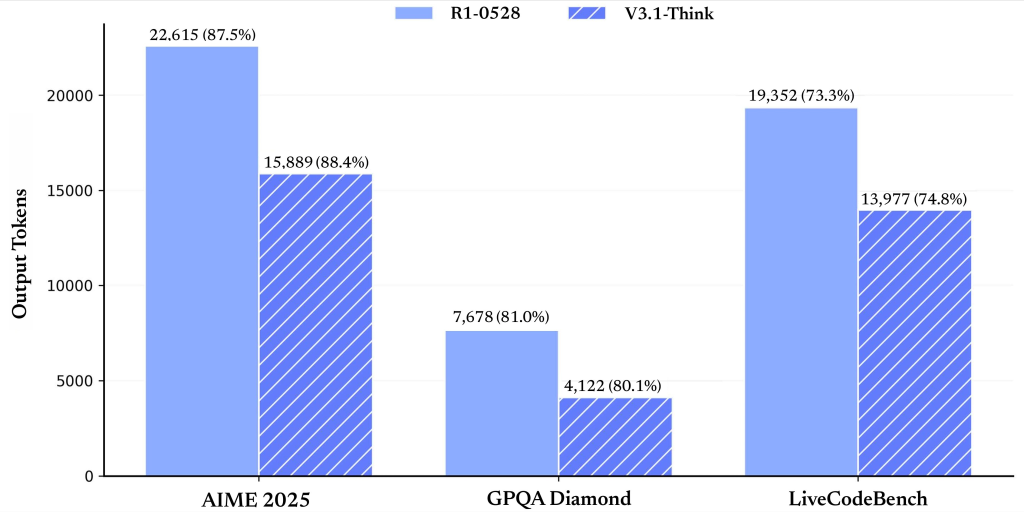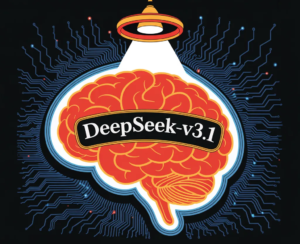What is DeepSeek-V3.1 and Why is Everyone Talking About It?

The Chinese AI startup DeepSeek releases DeepSeek-V3.1, it’s latest flagship language model. It builds on the architecture of DeepSeek-V3, adding significant enhancements to reasoning, tool use, and coding performance. Notably, DeepSeek models have rapidly gained a reputation for delivering OpenAI and Anthropic-level performance at a fraction of the cost.
Model Architecture and Capabilities
Hybrid Thinking Mode: DeepSeek-V3.1 supports both thinking (chain-of-thought reasoning, more deliberative) and non-thinking (direct, stream-of-consciousness) generation, switchable via the chat template. This is a departure from previous versions and offers flexibility for varied use cases.
Tool and Agent Support: The model has been optimized for tool calling and agent tasks (e.g., using APIs, code execution, search). Tool calls use a structured format, and the model supports custom code agents and search agents, with detailed templates provided in the repository.
Massive Scale, Efficient Activation: The model boasts 671B total parameters, with 37B activated per token—a Mixture-of-Experts (MoE) design that lowers inference costs while maintaining capacity. The context window is 128K tokens, much larger than most competitors.
Long Context Extension: DeepSeek-V3.1 uses a two-phase long-context extension approach. The first phase (32K) was trained on 630B tokens (10x more than V3), and the second (128K) on 209B tokens (3.3x more than V3). The model is trained with FP8 microscaling for efficient arithmetic on next-gen hardware.
Chat Template: The template supports multi-turn conversations with explicit tokens for system prompts, user queries, and assistant responses. The thinking and non-thinking modes are triggered by <think> and </think> tokens in the prompt sequence.

Performance Benchmarks
DeepSeek-V3.1 is evaluated across a wide range of benchmarks (see table below), including general knowledge, coding, math, tool use, and agent tasks. Here are highlights:
The thinking mode consistently matches or exceeds previous state-of-the-art versions, especially in coding and math. The non-thinking mode is faster but slightly less accurate, making it ideal for latency-sensitive applications.


Tool and Code Agent Integration
Tool Calling: Structured tool invocations are supported in non-thinking mode, allowing for scriptable workflows with external APIs and services.
Code Agents: Developers can build custom code agents by following the provided trajectory templates, which detail the interaction protocol for code generation, execution, and debugging. DeepSeek-V3.1 can use external search tools for up-to-date information, a feature critical for business, finance, and technical research applications.
Deployment
Open Source, MIT License: All model weights and code are freely available on Hugging Face and ModelScope under the MIT license, encouraging both research and commercial use.
Local Inference: The model structure is compatible with DeepSeek-V3, and detailed instructions for local deployment are provided. Running requires significant GPU resources due to the model’s scale, but the open ecosystem and community tools lower barriers to adoption.
Summary
DeepSeek-V3.1 represents a milestone in the democratization of advanced AI, demonstrating that open-source, cost-efficient, and highly capable language models. Its blend of scalable reasoning, tool integration, and exceptional performance in coding and math tasks positions it as a practical choice for both research and applied AI development.
Check out the Model on Hugging Face. Feel free to check out our GitHub Page for Tutorials, Codes and Notebooks. Also, feel free to follow us on Twitter and don’t forget to join our 100k+ ML SubReddit and Subscribe to our Newsletter.

Michal Sutter is a data science professional with a Master of Science in Data Science from the University of Padova. With a solid foundation in statistical analysis, machine learning, and data engineering, Michal excels at transforming complex datasets into actionable insights.













